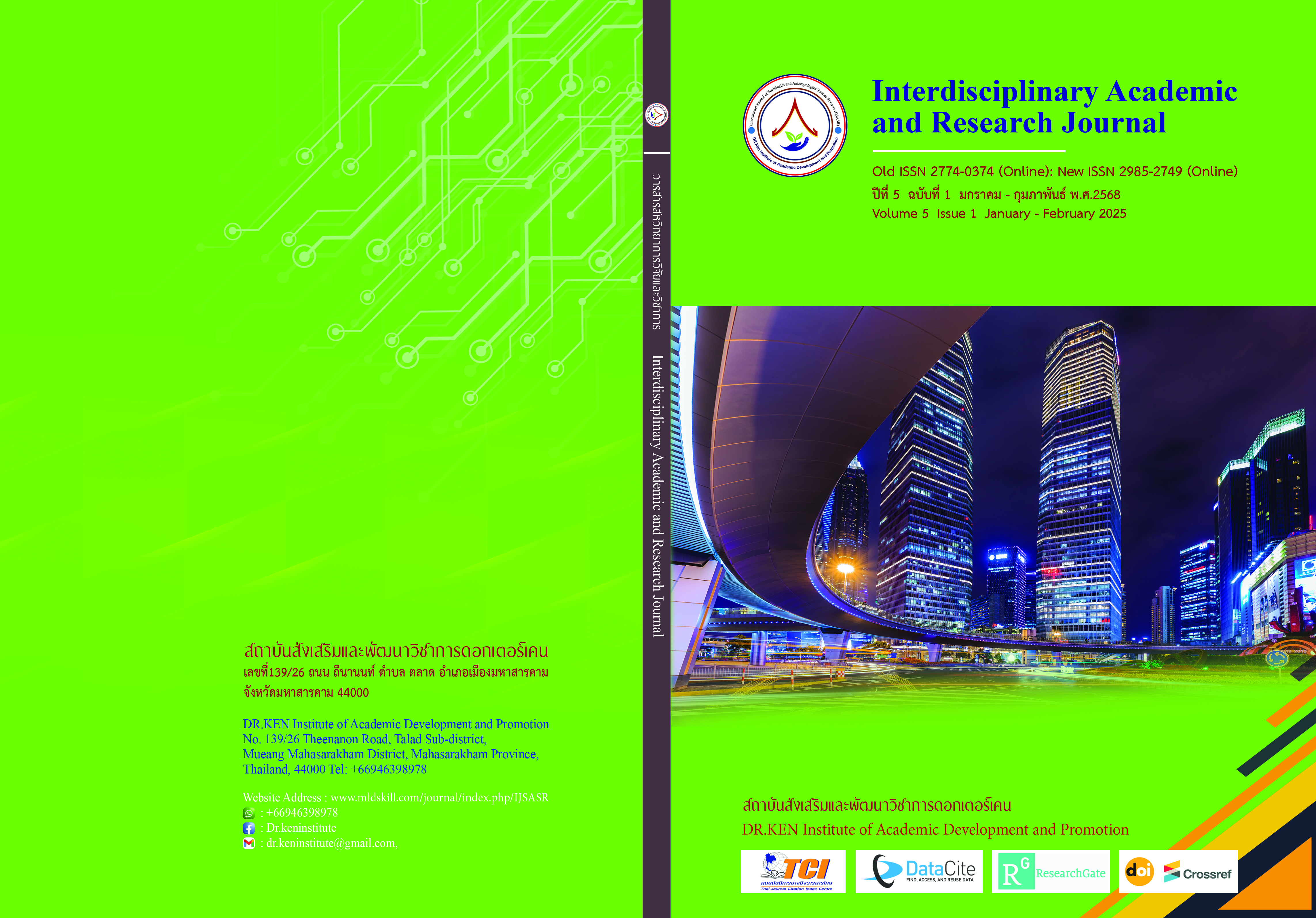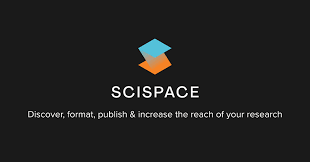Apply a Learning and Innovation Platform for the Management of Agricultural Waste following a Sustainable Bio-Circular-Green Economy Model
DOI:
https://doi.org/10.60027/iarj.2025.277780Keywords:
Agricultural waste materials, High-efficiency charcoal burning stove, Innovative Learning Platform (ILP), Sustainable development, Renewable energy, Innovation communityAbstract
Background and Aims: Currently, government entities regularly explore ways to solve problems in the grassroots economy, but these efforts are still inconsistent and do not align with development objectives. It affects the sustainable development of the grassroots economy. The study team observed that agricultural waste has a direct and indirect effect on the environment's quality of life. Create a concept framework for designing and developing models based on the Learning and Innovation Platform (LIP) “Receive-Adapt-Use-Transfer” (Learning and Innovation Community, Program Management Unit on Area Based Development (PMU A)) The management of agricultural waste according to the BCG model is an example of the integration of network partners in all sectors in developing the grassroots economy for stability and sustainability.
Methodology: Participation in designing community development concepts according to the concept design of the Learning and Innovation Platform (LIP): a learning platform that uses learning by doing (Receive-Adapt-Use-Transfer) to convey knowledge on Community-Innovation-Management to promote sustainability.
Results: It was found that 1) the research team had developed an innovation model, learning program, and procedure for high-efficiency furnaces in collaboration with network partners and local specialists. Upgrading furnaces with great efficiency and temperatures over 600 °C. And creating a learning innovation platform (Learning and Innovation Platform; LIP) “Receive-Adjust-Use-Transfer” for the community, together with driving with network partners. 2) Results from using the process model and learning curriculum to develop innovative community members (Innovators) with knowledge of highly efficient biomass charcoal kilns. That answers the needs of the community and can solve the problem of smoke from burning and improve the quality of life of the charcoal-producing professional group. 30 people have the skills to analyze and select the type of raw materials to use for burning agricultural waste in the area. Value and the results have been expanded to be transferred to other communities. 3) From the analysis of social return (SROI), the value is equal to 0.67, less than the high investment cost. This is because the target group does not have basic skills in producing high-efficiency charcoal kilns.
Conclusion: The results of such research can be applied using the Learning and Innovation Platform (LIP) "Receive-Adapt-Use-Transfer" model created by the cooperation of network partners in all sectors. It is used and extended to improve the quality of life in the community and can be transferred to achieve sustainable development.
References
จิระพงษ์ คูหากาญจน์. (2561). เตาเผาถ่าน. Retrieved from: http://forprod.forest.go.th/ forprod/.../4.%20 เอกสารเผยแพร่เตาเผาถ่าน.pdf.
สำนักงานสภาพัฒนาการเศรษฐกิจและสังคมแห่งชาติ. (2564). ข้อมูลพื้นฐานของจังหวัดสระแก้ว. https://www.opsmoac.go.th/sakaeo-dwl-files-461191791124
Andreae, M. O., & Merlet, P. (2001). Emission of trace gases and aerosols from biomass burning. Global Biogeochem. Cy., 15, 955–966.
Dale, E. (1969). Audiovisual methods in teaching. 3rd edition. New York: Dryden Press.
Deetong–on, A. (2018). Legal measures for controlling air pollution from agricultural burning. Graduate Law J. 11: 487–501.
Gadde, B., Menke, C., & Wassmann, R. (2009). Rice straw as a renewable energy source in India, Thailand, and the Philippines: overall potential and limitations for energy contribution and greenhouse gas mitigation. Biomass Bioenergy. 33,1532–1546.
Nakaiam, W., Seesung, S., & Nilvises, P. (2014). Rice production and straw management by farmers in the irrigation area of Wat Bot district in Phitsanulok province. In Proc. the 4th STOU Graduate Research Conference, 26–27 November 2014.
Takanori, I., Nana, F., Kazunori, I., Takumi, N., Dolgormaa, M., Mitsushi, K., Shinobu, N., & Yutaka, M., (2020). Effects of pyrolysis temperature and feedstock type on particulate matter emission characteristics during biochar combustion. Fuel Processing Technology. 204, 106408
Tianwei, W., Ke, M., Peihong, F., & Wei, H. (2022). Crop residual burning correlations with major air pollutants in mainland China. Frontiers in Environmental Science. 10, 1002610.
U.S. Environmental Protection Agency. (2000). Water: Water Quality Reporting (305b). Retrieved from: https://archive.epa.gov/water/archive/ web/html/2000report_index.html
Yongphet, P., Nakpibal, P., Kaewpuang, T., Phunphon, T., Taksima, T., Yongphet, P., & Diskajun, K., (2022) Operations Upgrading of Community Enterprises of Organic Agriculture Promotion Group, U Thong District, Suphanburi Province. Area Based Development Research Journal, 14(3), 234-249.
Yongphet, P., Wang, D., Maouche, C., Bahizire, G.M., Ondokmai, P., & Dutsadeesong, W., (2016) Guidelines for the sustainability of community energy management under the sufficiency economy philosophy. RMUTL Journal Socially of Engaged Scholarship. 2(1), 33-48.
Zhang, Y., Cui, Y., Liu, S., Fan, L., Zhou, N., Peng, P., Wang, Y., Guo, F., Min, M., Cheng, Y., Liu, Y., Lei, H., Chen, P., Li, B., & Ruan, R. (2020) Fast microwave-assisted pyrolysis of wastes for biofuels production - A review. Bioresource Technology. 297, 122480.
Downloads
Published
How to Cite
Issue
Section
License
Copyright (c) 2025 Interdisciplinary Academic and Research Journal

This work is licensed under a Creative Commons Attribution-NonCommercial-NoDerivatives 4.0 International License.
Copyright on any article in the Interdisciplinary Academic and Research Journal is retained by the author(s) under the under the Creative Commons Attribution-NonCommercial-NoDerivatives 4.0 International License. Permission to use text, content, images, etc. of publication. Any user to read, download, copy, distribute, print, search, or link to the full texts of articles, crawl them for indexing, pass them as data to software, or use them for any other lawful purpose. But do not use it for commercial use or with the intent to benefit any business.
















.png)


